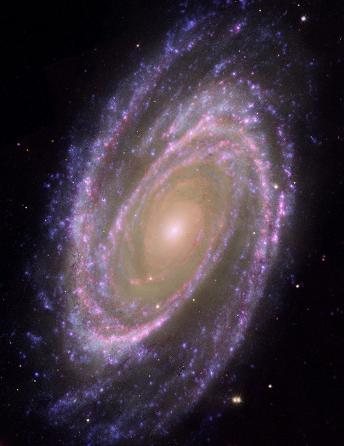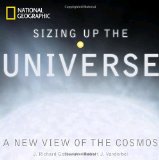One thing that I find fascinating about astronomy is the ingenious ways astronomers have come up with to solve the puzzles laid out in the skies. You cannot travel to distant stars and galaxies to study them… so what do you do? Well, you use all of the knowledge that mathematics and physics give you and find out anything you want to know (or pretty much everything) about them.
Eratosthenes (276-194 BC) was the chief librarian of the Library of Alexandria (the same library that Julius Caesar burned to the ground in 48 BC). He knew that every year on June 21 at noon the Sun was 7.2 degrees off the vertical in Alexandria, while in Syene the Sun stood directly overhead. Knowing the distance between the two locations and using basic geometry, he was able to determine the circumference of the Earth to be around 40,000 km. Pretty amazing for that time, don’t you think?
Closer to our time, the astronomer Edwin Hubble (1889-1953) has devised methods for finding distances to other galaxies. Hubble was also able to measure the radial velocities of galaxies using the redshift in their spectral lines. His findings proved not just that the Universe is expanding, but also determined that it all began about 13.7 billion years ago.
Have you ever been able to visualize in terms of relative size or scale the planets and the moons of our solar system? How big do you think the Earth is compared to Mercury or Mars? Which one do you think is a bigger moon, the Earth’s Moon or Saturn’s Titan? How many times do you think the Grand Canyon would fit inside the Valles Marineris on Mars? How big is, let us say, the asteroid Itokawa compared to the International Space Station? Is our own Milky Way galaxy bigger than Andromeda?
I found many other interesting stories and had the above questions answered in a new book, Sizing Up The Universe. I would say that the unifying theme of the book is size comparison. Numerous charts capture a fresh vision of the Universe, introducing an original way of comparing objects in the heavens.
Browsing through Sizing Up The Universe, I could not help thinking about my high school astronomy textbook. The author of the textbook was definitely not into visual arts, as the pages were flooded with math formulas and only a few sketches were present here and there. I did not mind it at that time, but I realize now that stunning images of planets, stars, and galaxies, such as those found in Sizing Up The Universe, would make the learning process much more enjoyable. Moreover, the real stories behind groundbreaking discoveries in astronomy that are sprinkled throughout the text make it captivating and easy to read.
The authors of Sizing Up The Universe are J. Richard Gott III and Robert J. Vanderbei. J. Richard Gott III is professor of astrophysics at Princeton University. He has written articles for Time, Scientific American, and New Scientist. He is also the author of Time Travel in Einstein’s Universe. Robert J. Vanderbei is professor and chair of the Department of Operations Research and Financial Engineering at Princeton University. He is an amateur astronomer and has taken from his own backyard many images of astronomical objects, some of which can be found in the book.














 Subscribe to our RSS feed
Subscribe to our RSS feed












[…] This post was mentioned on Twitter by Portal to Universe. Portal to Universe said: How Easy is it to Measure the Universe? http://bit.ly/gaDZrC […]
Add A Comment